Yesterday my favourite water bird further endeared itself to me. At Colwick Country Park, where flooded gravel pits are topped up by the Trent a few miles downstream of Nottingham, a pair of great crested grebes were ferrying chicks on their backs.
I’d heard they did this but, though I’d visited Attenborough Reserve many times last year to see for myself, had yet to snap them at it. These being wary birds – not painfully shy but careful to keep their distance – I needed every millimetre of lens reach.1
They never allowed me closer than fifty yards so I wouldn’t have known the chicks were present had I not been alerted by two silverhead ramblers with binoculars. But once I’d found the adult pair, my L-series lens homed in with ease on the youngsters.
Either parent (not that it’s easy to sex the adults) may carry the young. Two chicks are the norm but this pair had three. Large broods are divvied up, mother and father carrying their favourites.
The chicks learn to swim when the adult dives, leaving them afloat for several seconds. When the parent resurfaces they must swim a few metres to climb back on board.
Or miss dinner.
At first it seemed a straightforward division of labour but when fatigue kicked in …
… the carrier took over the fishing duties too.
On a boom across the river, to stop sleeping boaters from drifting over a weir, cormorants dry and groom their feathers.
At one of the gravel pits cygnets forage, parents close at hand.
You’ll often see canada and greylag geese in close proximity.
And you’ll often see canada geese sharing childcare, four or more adults marshalling a flotilla of up to twenty young.
But would a canada goose adopt a greylag gosling?
Search me. Why would a magpie peck at a hedgehog to get it out of harm’s way?
* * *
- Geekspeak: I used a Canon 7D Mk II with EF 100-400 f4.5-5.6 IS USM lens and 1.4 Mk III extender. Given the 1.6 crop factor of the 7D’s APS-C sensor, I had a de facto focal length of a staggering 896 mm – but at far less cost than a comparable prime lens and, even more important, hand holdable. Downsides? Some loss of image quality, restriction to one aperture width of f8 at the long end, and a single autofocus point – these last two imposed by the 1.4 extender (the 7D Mk II normally gives 65 AF points) and the first by the APS-C sensor. Another cost has less to do with my set up than with picking out tiny objects far away. I couldn’t see the fish caught until I was home and at a large monitor. Ditto the chick, fourth image, climbing with endearing inelegance to parental safety. Focusing must suffer – from limitations not of kit but of eyesight.

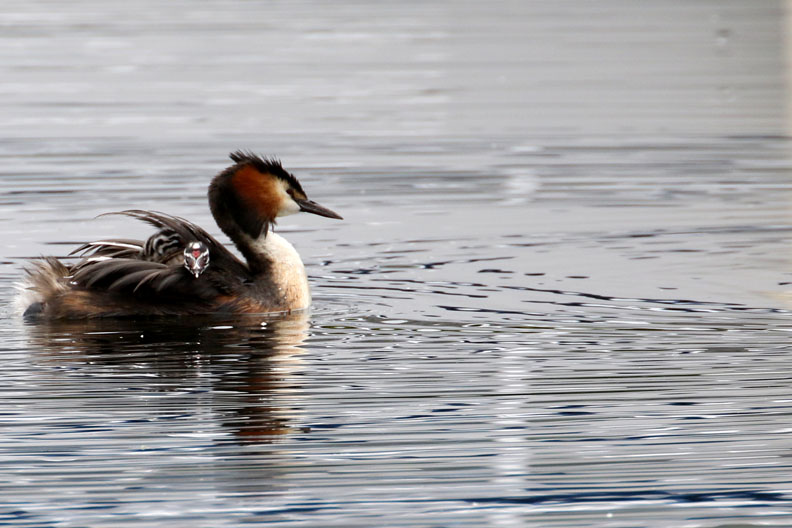
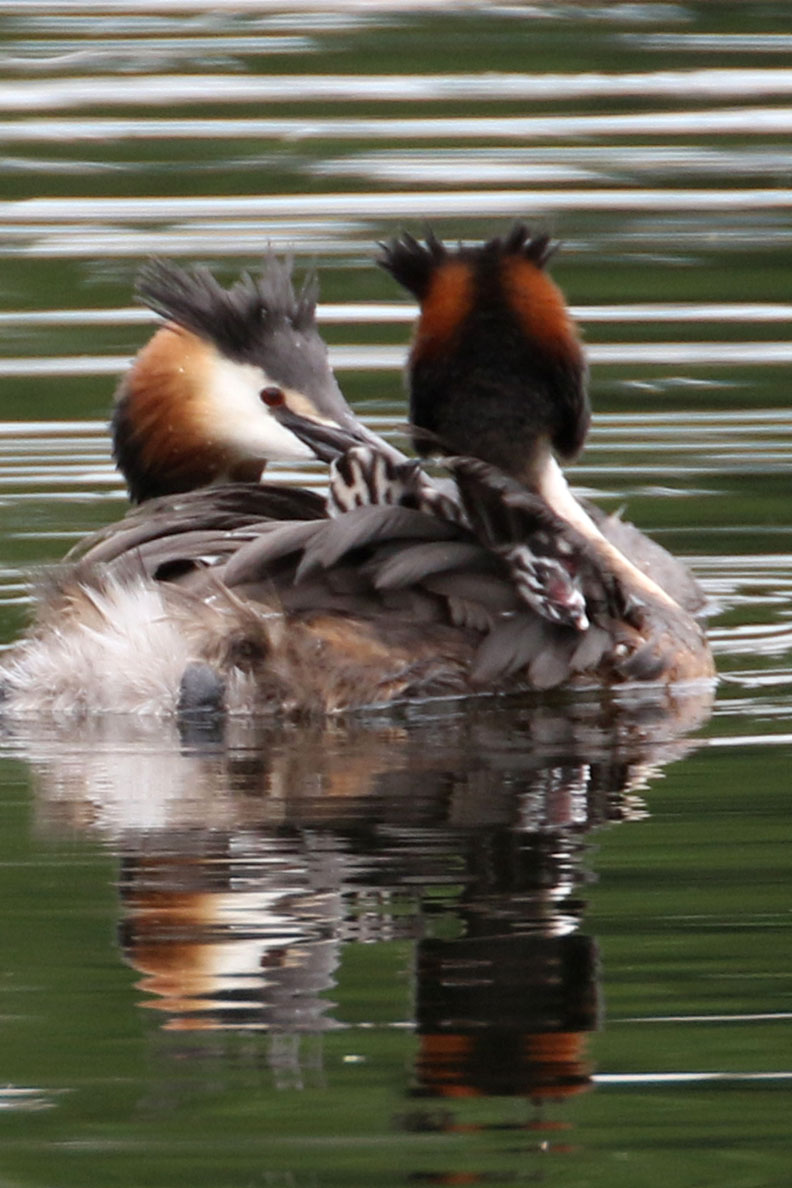
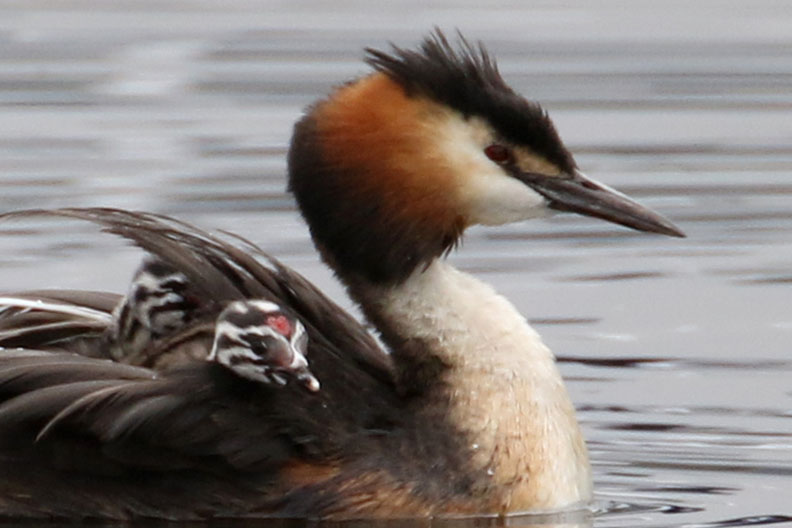
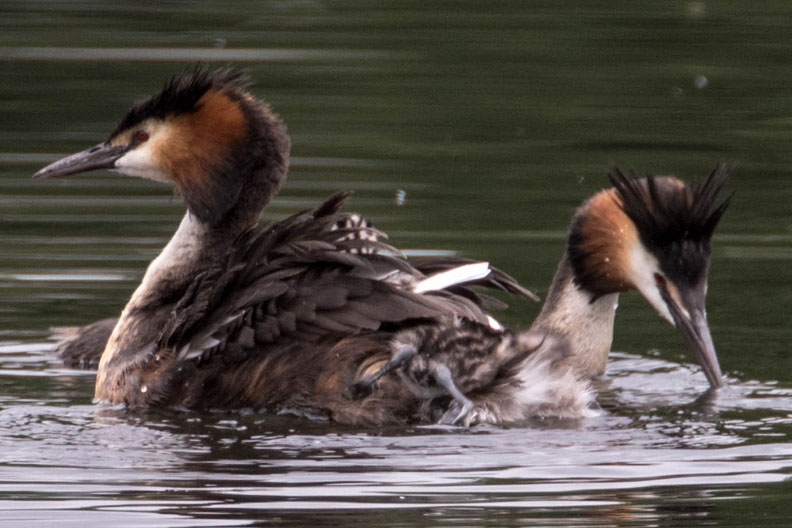
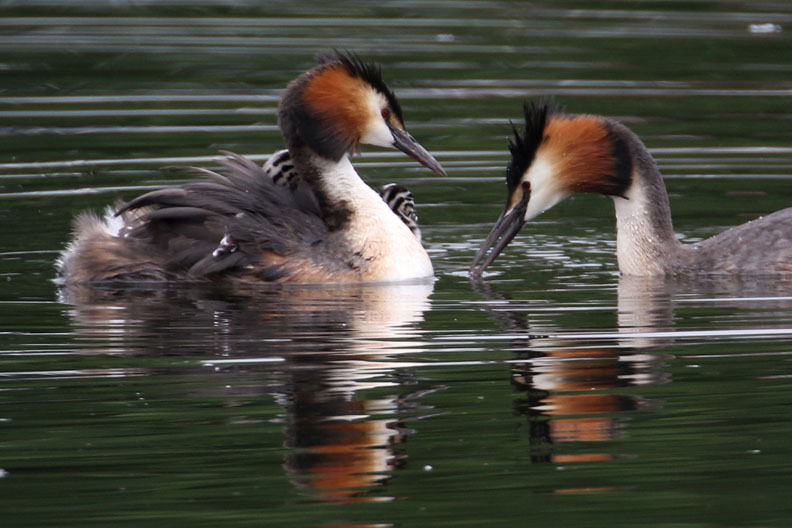
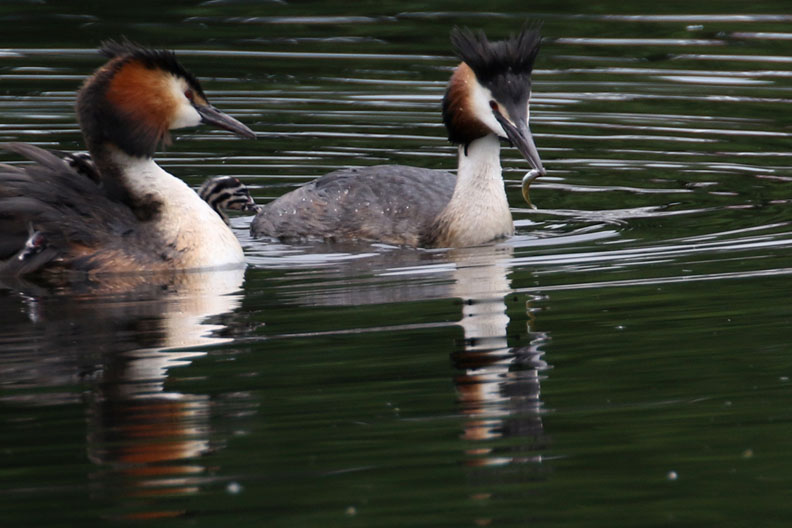
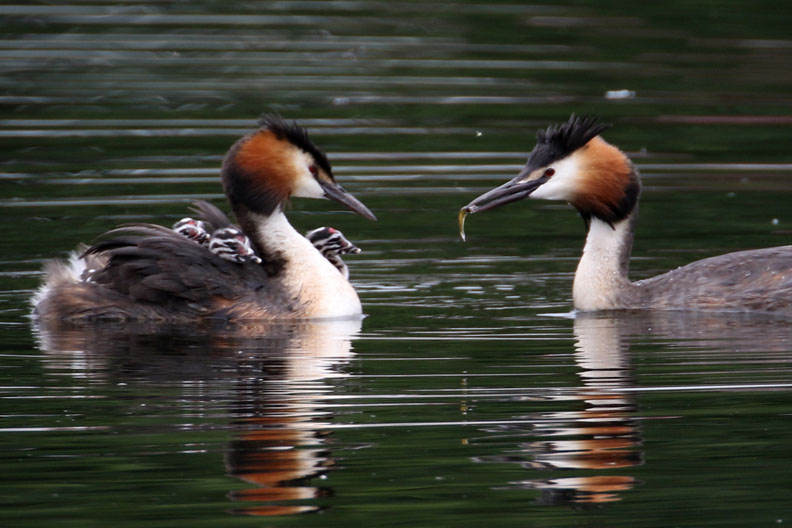
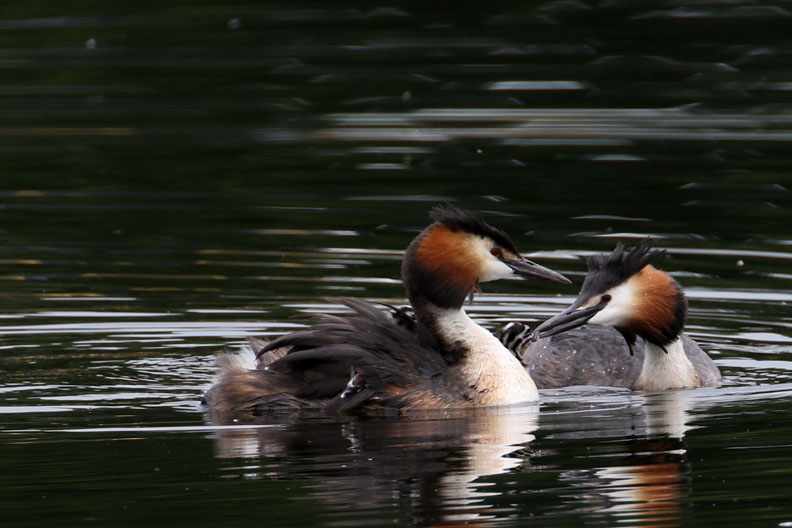
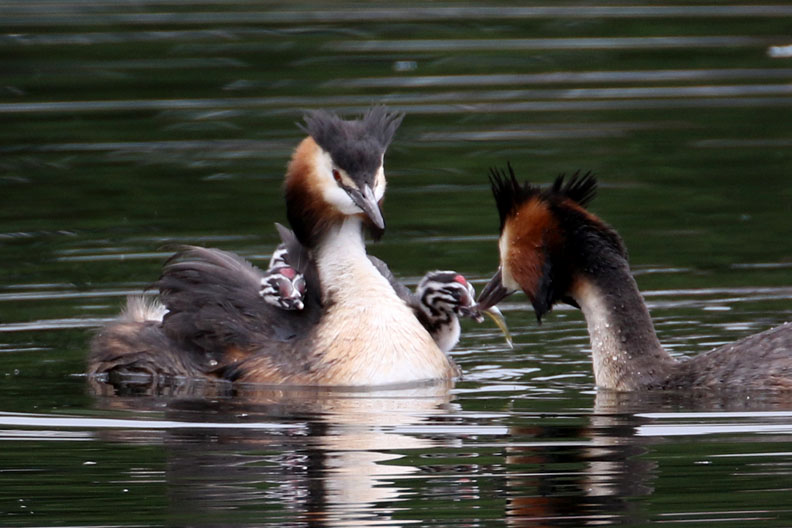
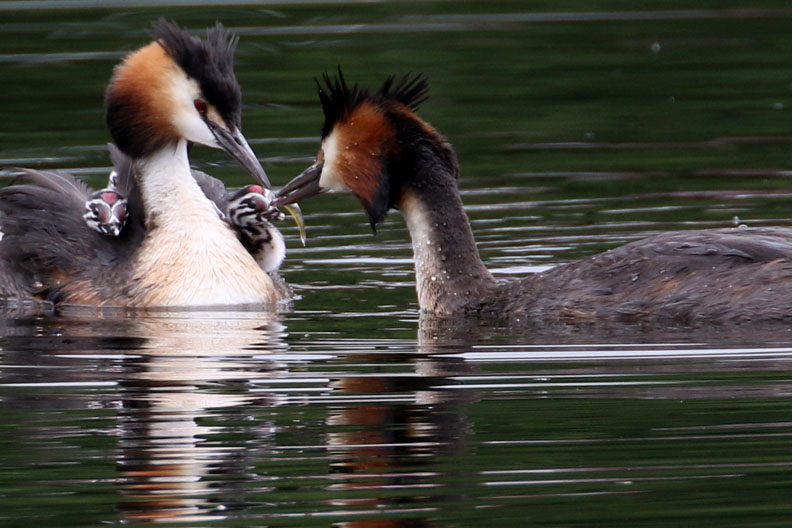
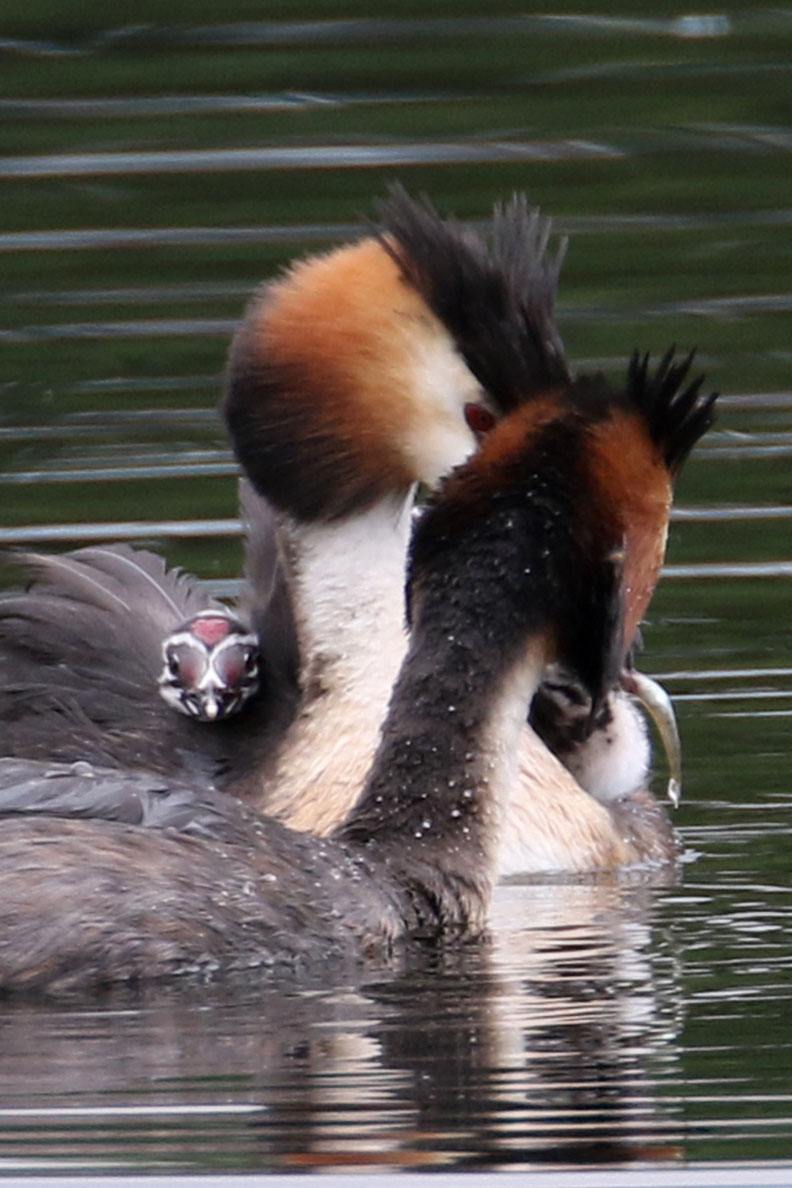
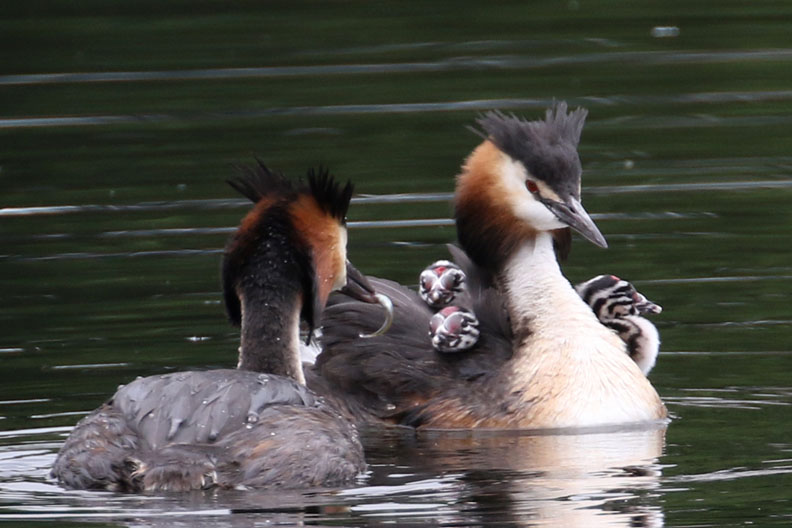
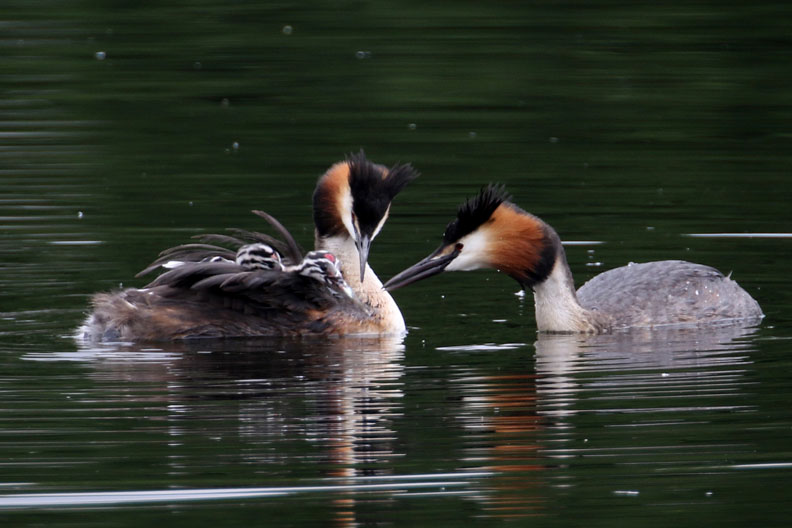
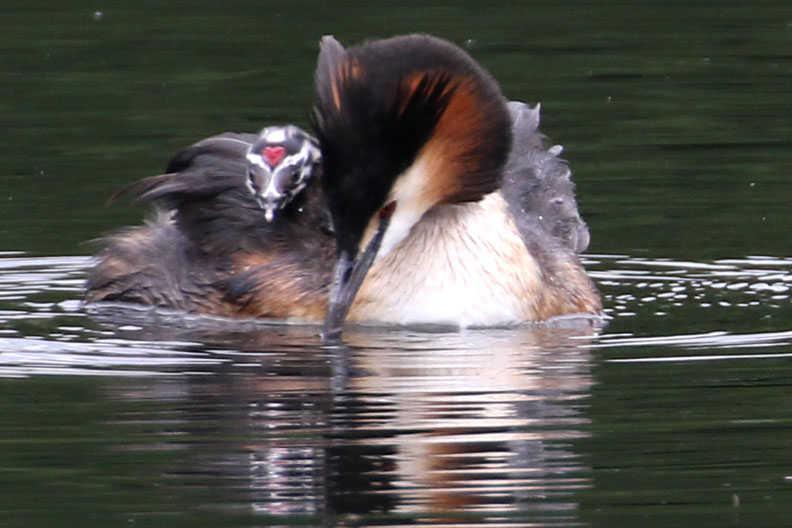
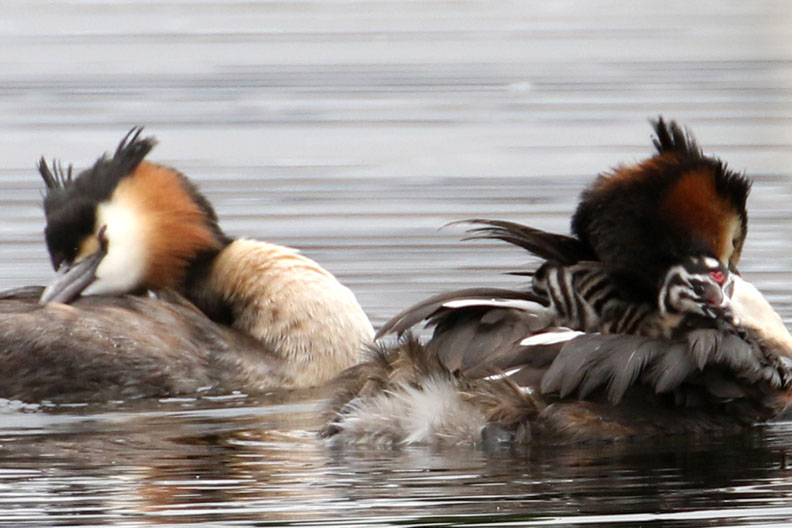
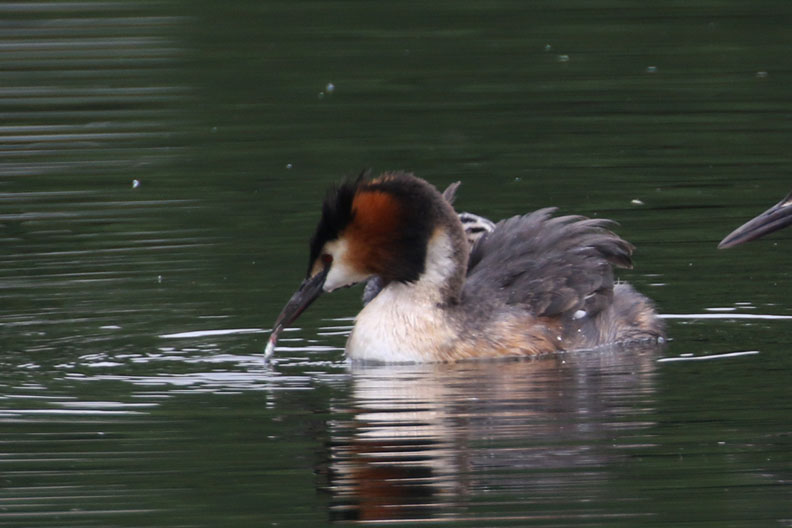
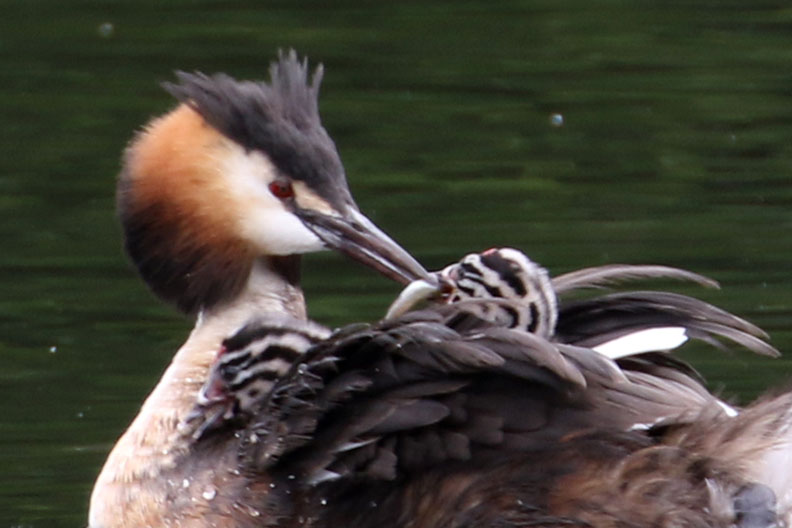
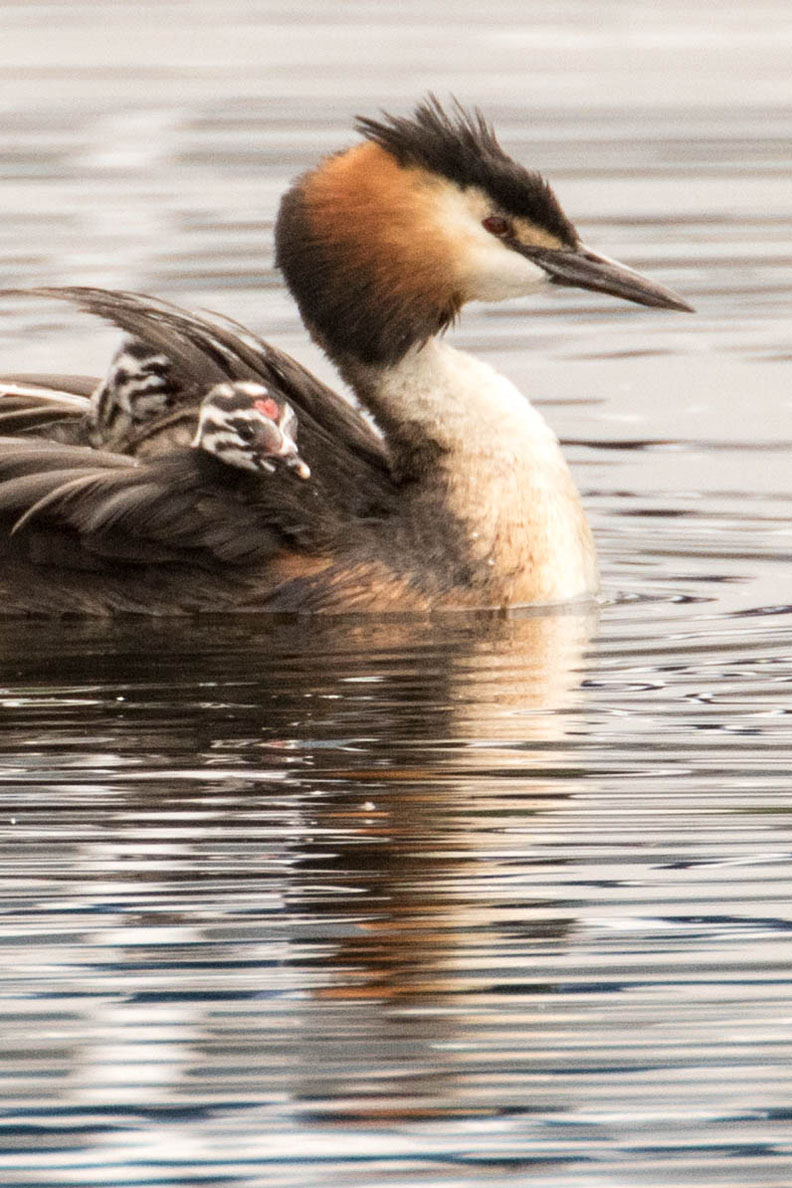
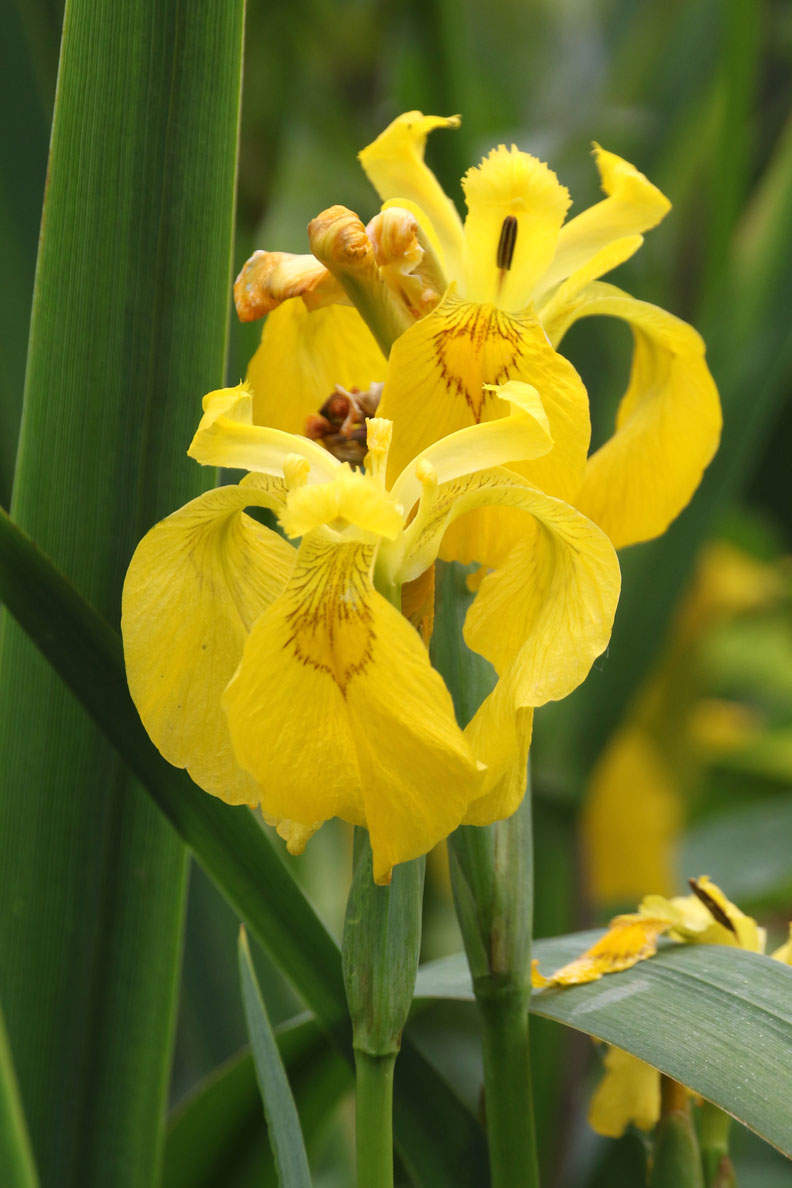
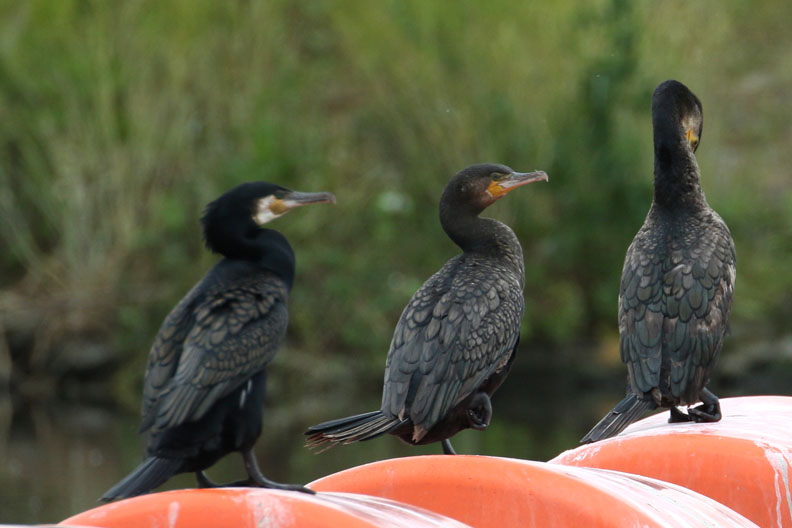
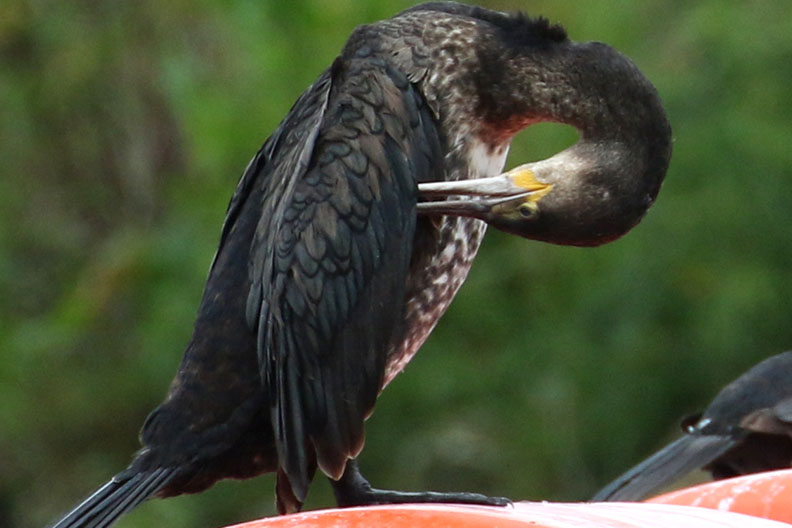
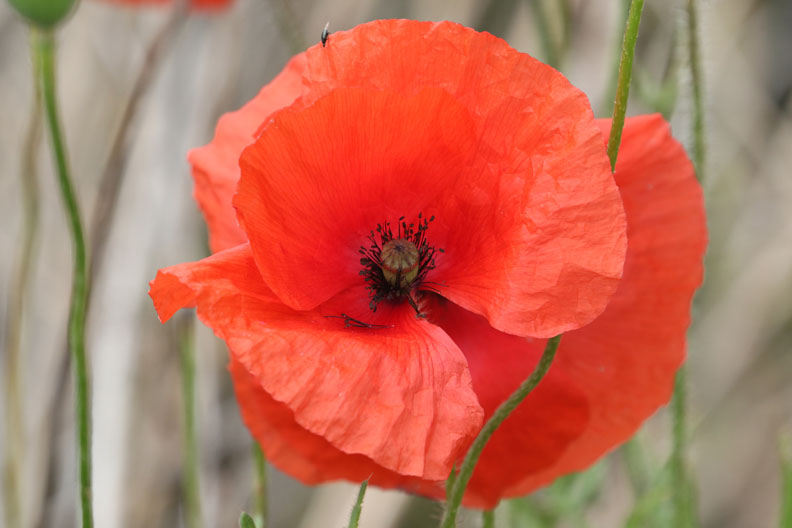
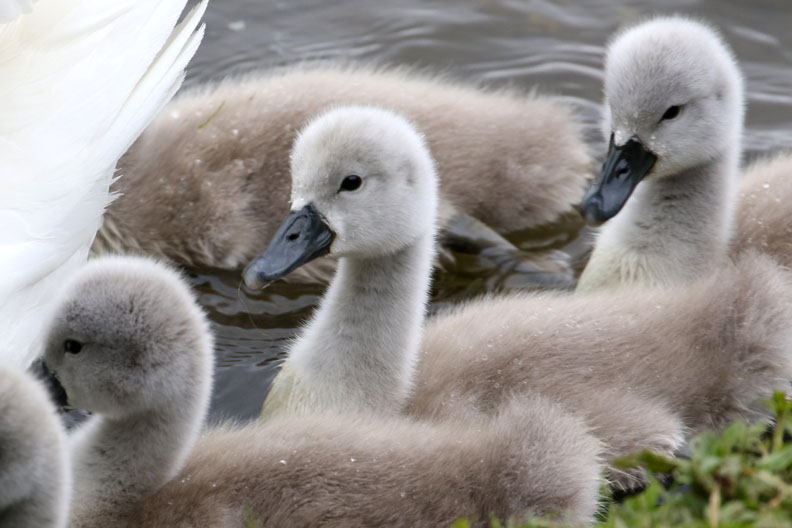
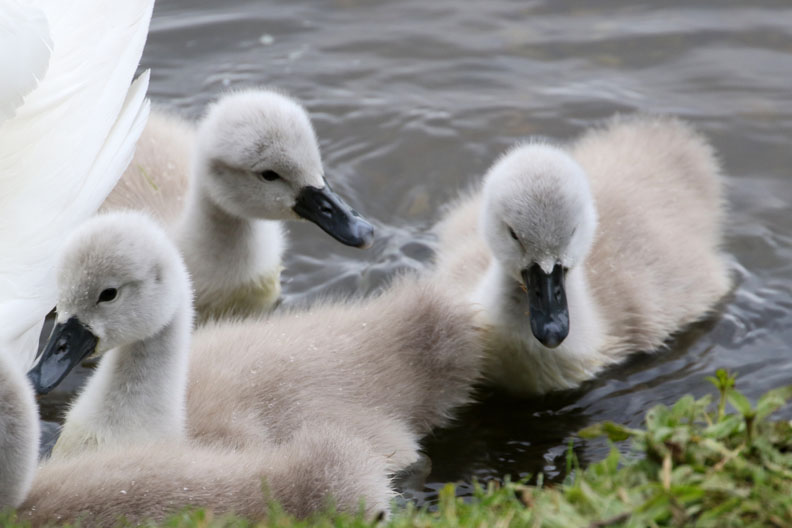
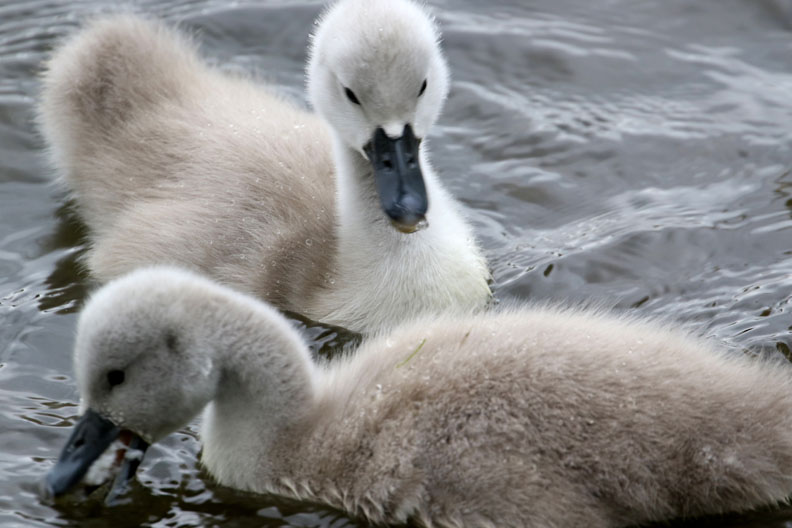
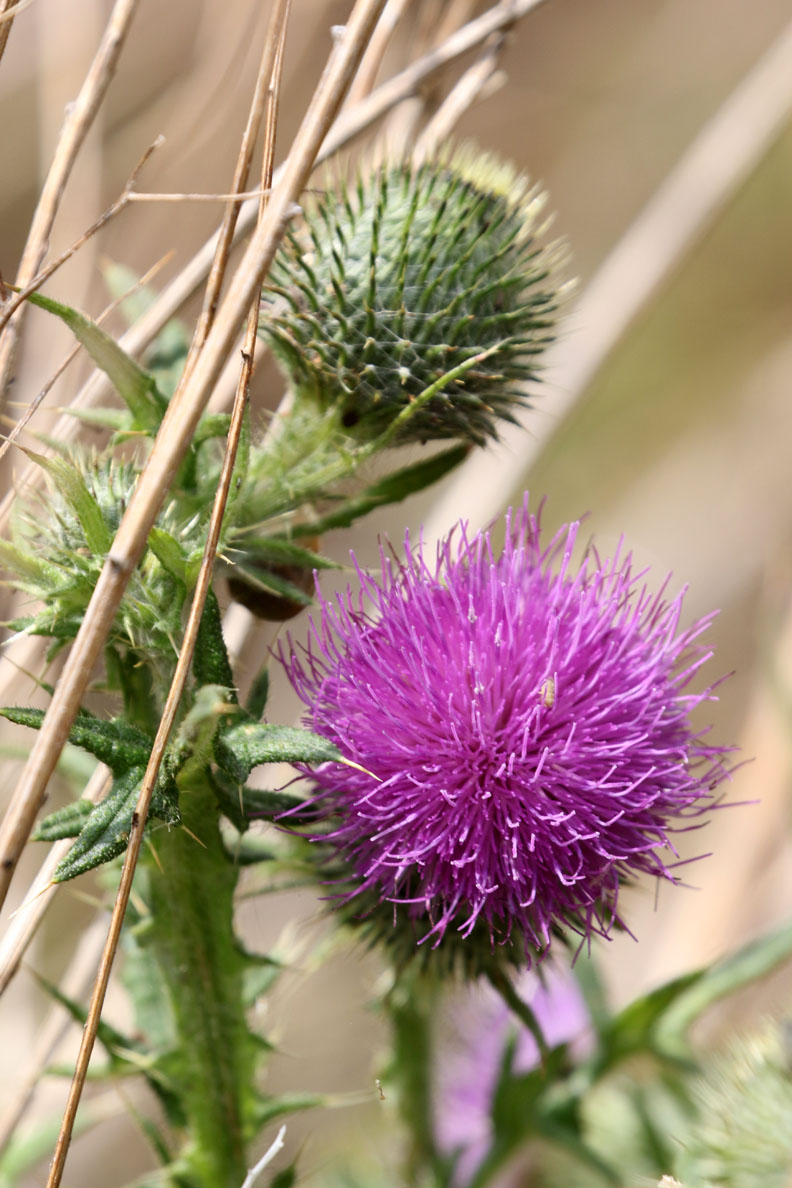
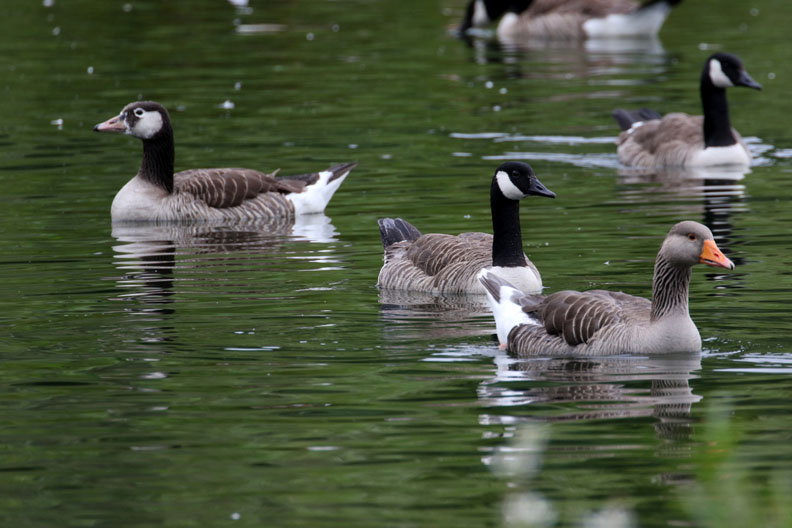
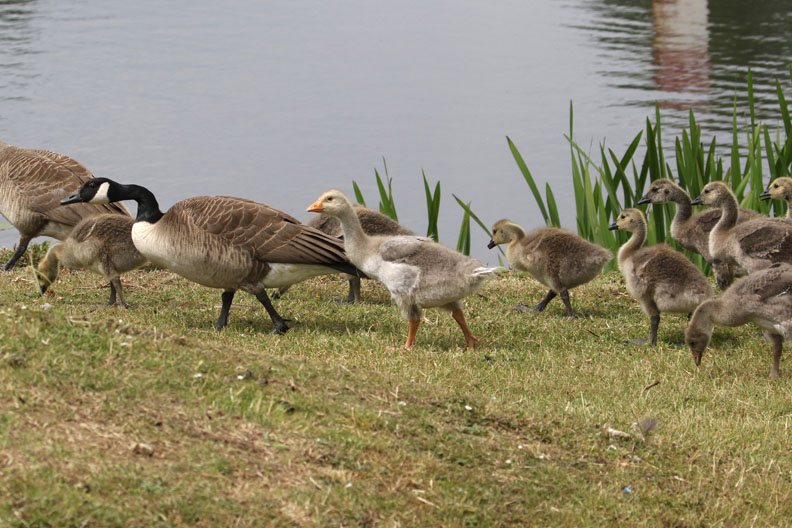
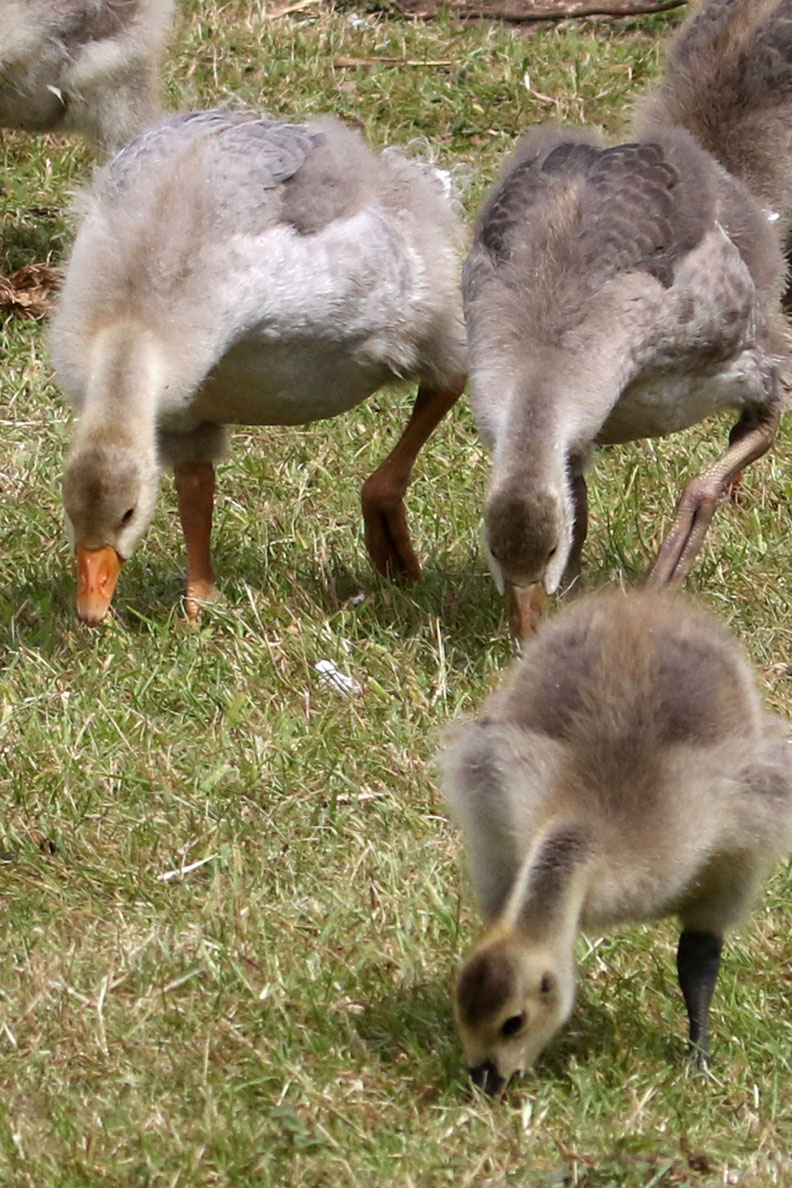
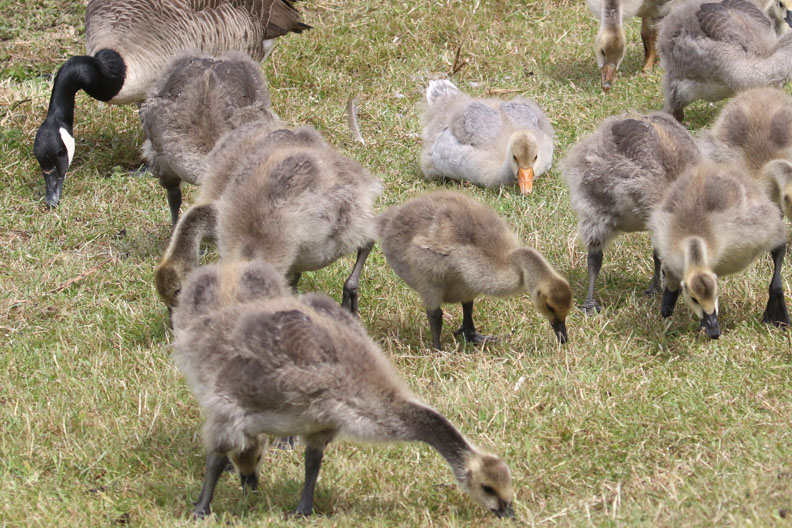
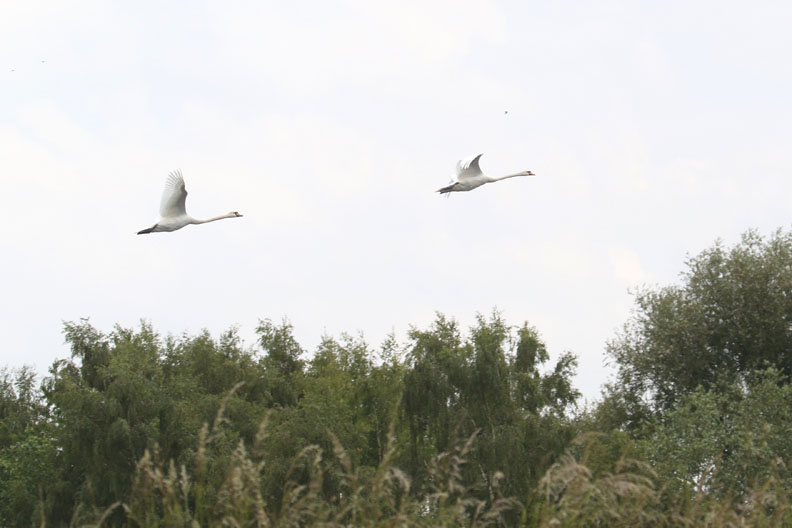
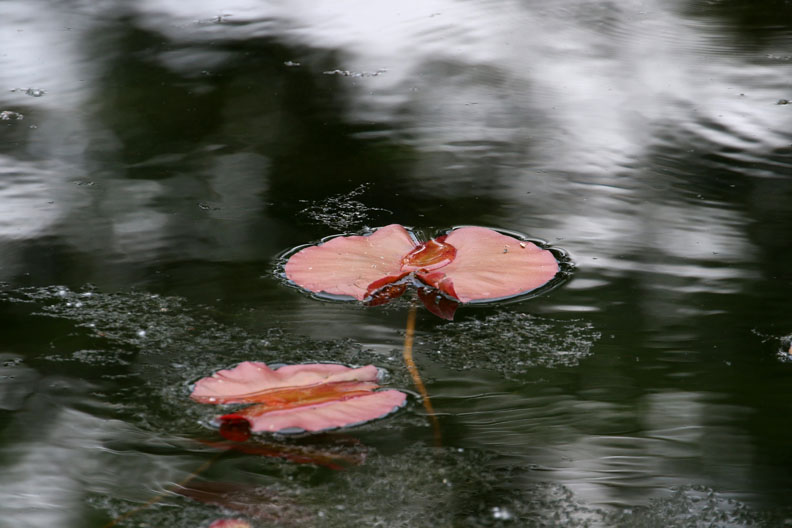
The baby great-cresteds have got little red hearts on their foreheads! Lovely pics.
The hearts are a fabulous touch aren’t they? Did you see the magpie and hedgehog video?
The real world.
Refreshingly sane.
Very beautiful sequence. Thank you!
Nice of you to say so Chet. Thank you.
Stunning shots Phil and the crow edging on the hedgehog to safety is a lesson in helping an unwary neighbour that danger may be lurking round the corner.
The details of the camera settings reminded me if Raymond Chandler describing the effect of a 45mm bullet
Lucky you to see such a cute family of birds.
Un abrazo, J
Alas, Jim, I’ve expanded the geekspeak on camera settings and relegated it to footnote obscurity. (Imagine The Long Goodbye with footnotes stuffed with technical details on the firearms used!) So laconicity is lost.
My favourite Chandler lines? This ending to a chapter in The Big Sleep:
And this from Farewell My Lovely:
Crow/magpie and hedgehog? There’s no right answer that I know of, but I find cause to reflect on our assumptions on what motivates the species we arrogantly share the planet with. With intelligence comes self awareness; with self awareness, empathy.
Covids (crows, magpies, jays, rooks, ravens, jackdaws) are very smart and from a certain viewpoint, altruism is enlightened self interest. As it happens there’s a symbiotic thing going on between covids and hedgehogs. The latter will sit patiently in a win-win sitch as magpie or crow picks fleas and ticks taking residence in their spikes. (I snapped red deer doing similar at Wollaton Park this Easter.) So was this specimen simply taking the long view?
Whatever, the scene – and too many others to be brushed aside – prompts me to re-examine the way I think about other species. A reader in Canada emailed yesterday to tell of a friend of hers walking in Indonesia at dusk. Where a log appeared to block his path an orangutan stepped out of the bush, took his hand and steered him clear of what was in fact a very large python.
(In the highly unlikely event an orangutan – stronger even than a chimpanzee but far less prone to aggression – was provoked into violence, it could tear the most powerful man limb from limb in seconds. But it does share 96.4% of our genes.)